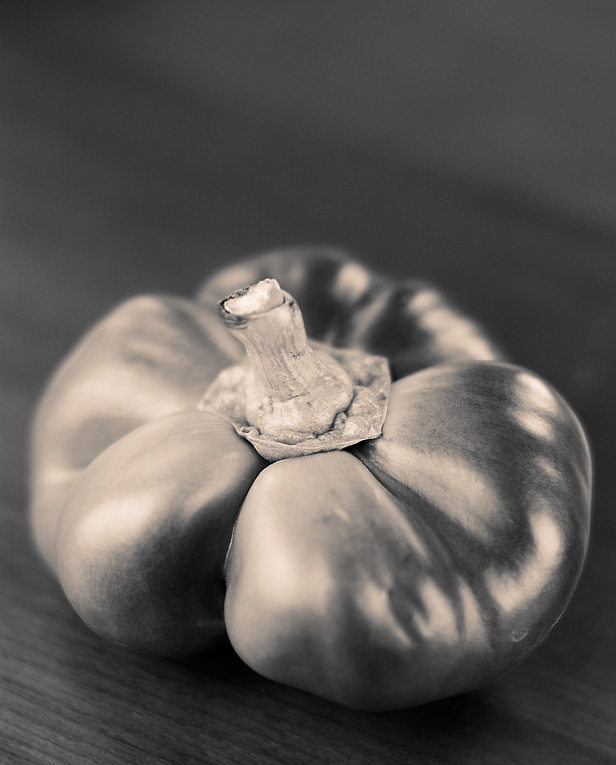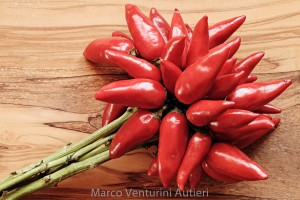To eat it or not to eat it, this is the problem
When talking with friends affected by migraine, sooner or later the argument whether or not eating red hot chili pepper (that is capsaicin, its peppery substance) helps or makes it bad pops up.
What does published science say? Does it work, does it help? Should you drink it, swallow it, sniff it?
There are good news and bad news.
The health benefits of eating spicy abound, however these do not include the treatment of migraines. Some research even shows that (at least in children) eating chili sauce can increase the appearance of migraines.
If we think of capsaicin, present in hot peppers, we normally think of food and cuisine, however if we want to find positive health effects of chili on migraine, we must switch from food to its extracts and compounds. Medicine uses capsaicin, not chili peppers, in the forms of extracts and gels, in high concentrations to treat migraines, so we are not dealing with something that can be simply eaten.
Strange as it may sound, it seems that applying capsaicin topically, in the nostrils, may work and treat migraines.
Although scientific research is still in the preliminary stages, applying capsaicin in the nose seems to help to reduce the insurgence of migraines as well as to treat the acute phase. Albeit not a pleasant perspective, high doses of capsaicin applied in the nose can help people with migraines!
Unfortunately medicines based on capsaicin to apply in the nasal mucosa (e.g. Ausanil) are not available in Italy.
Alpay, K., Ertas, M., Orhan, E. K., Ustay, D. K., Lieners, C., & Baykan, B. (2010). Diet restriction in migraine, based on IgG against foods: a clinical double-blind, randomised, cross-over trial. Cephalalgia : An International Journal of Headache, 30(7), 829–837. http://doi.org/10.1177/0333102410361404
Bouhairet, M., Ali, M., Saing, B., Saing, J. H., & Dimyati, Y. (2011). Food and migraine in adolescents. Paediatrica Indonesiana, 51(4), 223–226.
Cianchetti, C. (2010). Capsaicin jelly against migraine pain. International Journal of Clinical Practice, 64(4), 457–459. http://doi.org/10.1111/j.1742-1241.2009.02294.x
Fusco, B. M., Barzoi, G., & Agrò, F. (2003). Repeated intranasal capsaicin applications to treat chronic migraine. British Journal of Anaesthesia, 90(6), 812. http://doi.org/10.1093/bja/aeg572
Sahai-Srivastava, S., Csere, A., & Joyce, A. (n.d.). Alternative Medicine in Chronic Migraine 2014: what clinicians need to know. Retrieved December 6, 2015, from http://www.practicalpainmanagement.com/treatments/nutraceutical/alternative-medicine-chronic-migraine-2014-what-clinicians-need-know
Sarchielli, P., Granella, F., Prudenzano, M. P., Pini, L. A., Guidetti, V., Bono, G., … Zanchin, G. (2012). Italian guidelines for primary headaches: 2012 revised version. The Journal of Headache and Pain, 13, 31–70. http://doi.org/10.1007/s10194-012-0437-6


